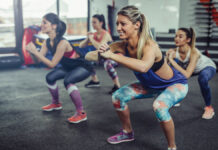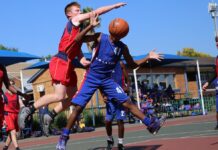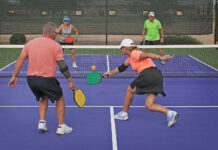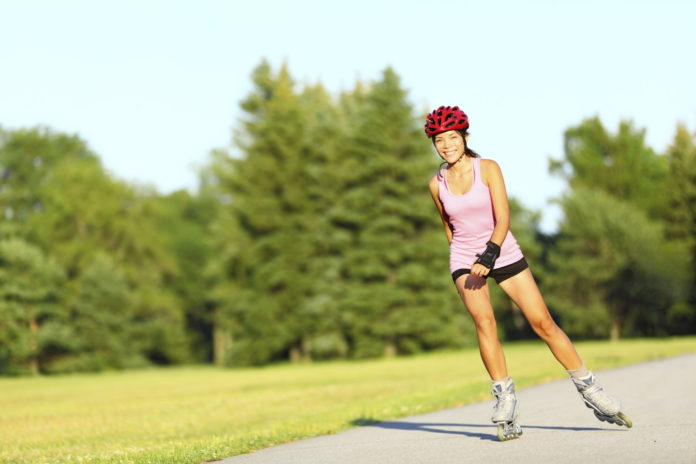
Rollerblading emerged onto the sports and recreation scene in the 1980s. The term rollerblading is a trademarked name for inline skates that have moved into a generic term describing the activity and the skates themselves.
There are many types of rollerblading activities, including competitive skating, recreational rollerblading, and rollerblading for fitness.
When one is learning how to rollerblade, many people, especially parents, will wisely invest in appropriate safety protection. It doesn’t take long for a new skater to realize that uneven surfaces, a stray pebble, wet surface, or mild incline to trip them up or skate out of control. And don’t forget to check out rollerblading at sportsavis.com.
One of the problems is that when someone gets more comfortable with inline skating, they think that they no longer need protection. That can be a recipe for trouble and injuries that could have been prevented.
Rollerblading Safety Protection
Braking Systems
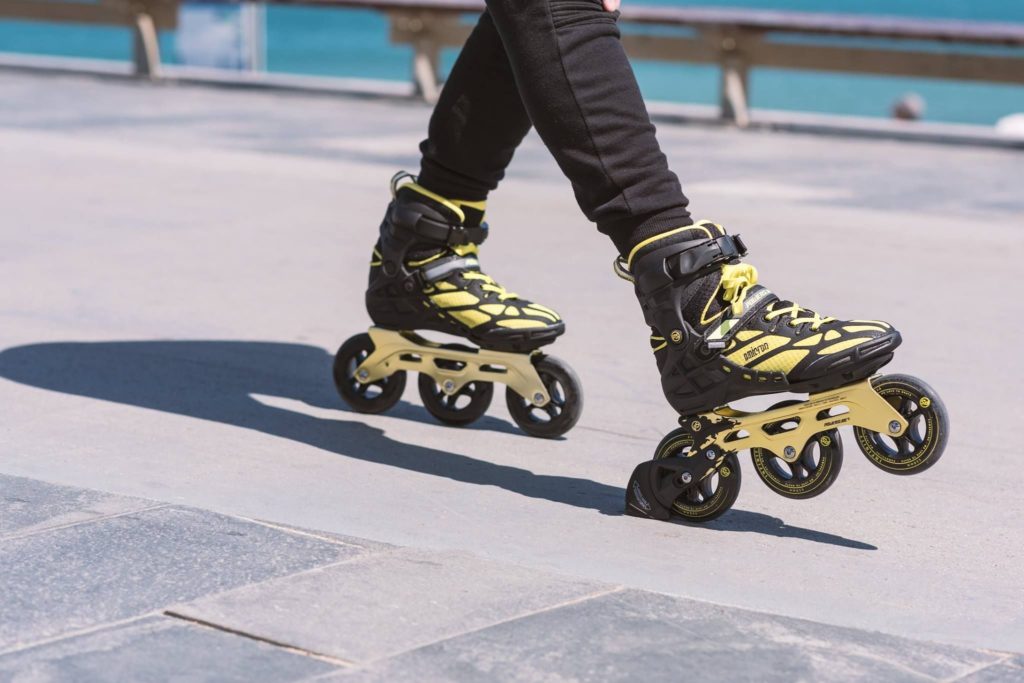
Rollerblades typically have up to five wheels in line. Some skates are designed with a heel brake on one or both skates, which is a safety feature that can come in handy for beginners. These stopping blocks allow the skater to slow down or stop when they lift their toes and lean back on foot with the brake.
Without such a brake, beginners often resort to running into stationary objects or rolling into the grass to curb. Skates for very young children sometimes have toe brakes. Higher-end Rollerblade brand skates sometimes incorporate active brake technology (or ABT) to allow skaters to stop more quickly.
Protective Gear Packages
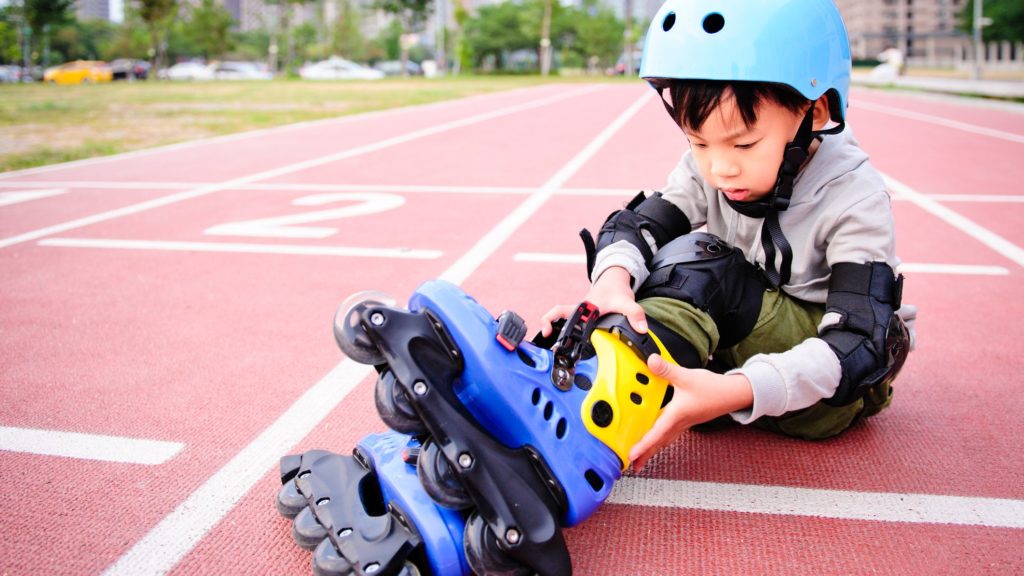
Many skaters drastically ignore the basic safety rules every time they go out for a ride without wearing protective gear. In other cases, skaters respect the use of the equipment, but they use it improperly. Safety helmets significantly reduce the chances of suffering brain injuries, while padded padding for wrists, knees, and elbows, help you greatly when you fall and hit the ground. Some quick tips for making a good purchase of a pair of skates include tightening the plastic boot to make sure the material is strong enough to support your foot and ankle and wear socks when measuring the skates to get a proper fit.
Rollerblade and many other companies offer a package of protective gear, including knee pads, elbow pads, and wrist guards. Most protective equipment is lightweight, quickly put on, breathable, and very affordable, so there’s no reason for skaters of any age or ability to go without it.
Helmet Safety
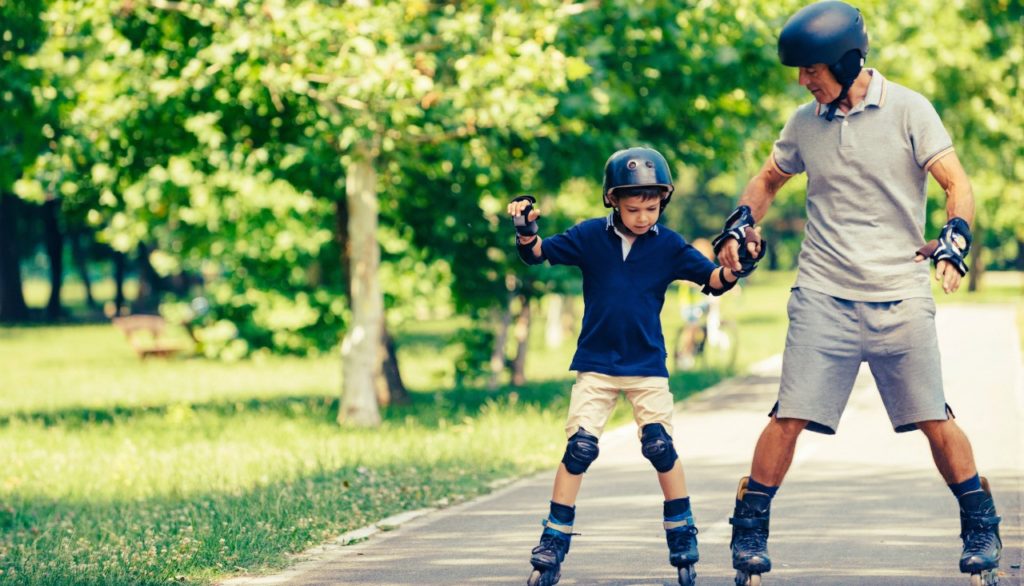
Head injuries are less common, constituting about 5% of rollerblading injuries. Helmets are often offered for children along with other protective gear. They are especially indicated for trick skating. Getting the proper fit is essential and is best ensured by measuring your child’s head circumference with a tape measure.
Besides proper fit, some features that you should look for in a helmet are holes or vents for ventilation, sweat-absorbing padding, the durability of materials, and weight. Look for a helmet that meets national certification standards. A helmet can be a good investment as it can do double duty as protection not only when rollerblading but also when skateboarding, bicycling, or engaging in other sports.
Depending on where a rollerblader is in their learning curve and their preferred rollerblade activity, it may be advisable to also protect the mouth and teeth through the use of a mouthguard and perhaps get a pair of gloves for the hands. Consider bringing along the water for hydration, your ID, and wearing sunscreen. A fanny pack may help you to carry essentials like keys, IDs, and more.
For the novice, consider investing in a lesson or two, and also working up to longer sessions from shorter rollerblading times. You will also want to avoid skating anywhere near traffic. A good option that has the potential of both getting lessons and avoiding traffic is to visit a local skating rink.
Most places where you can buy good rollerblades can also give you pointers on where to drive, as well as particulars about the difference between different manufacturers and models. If you must venture out into the traffic, follow the rules of the road, waiting for traffic lights to turn as for pedestrians, and obeying traffic signs.
Setbacks
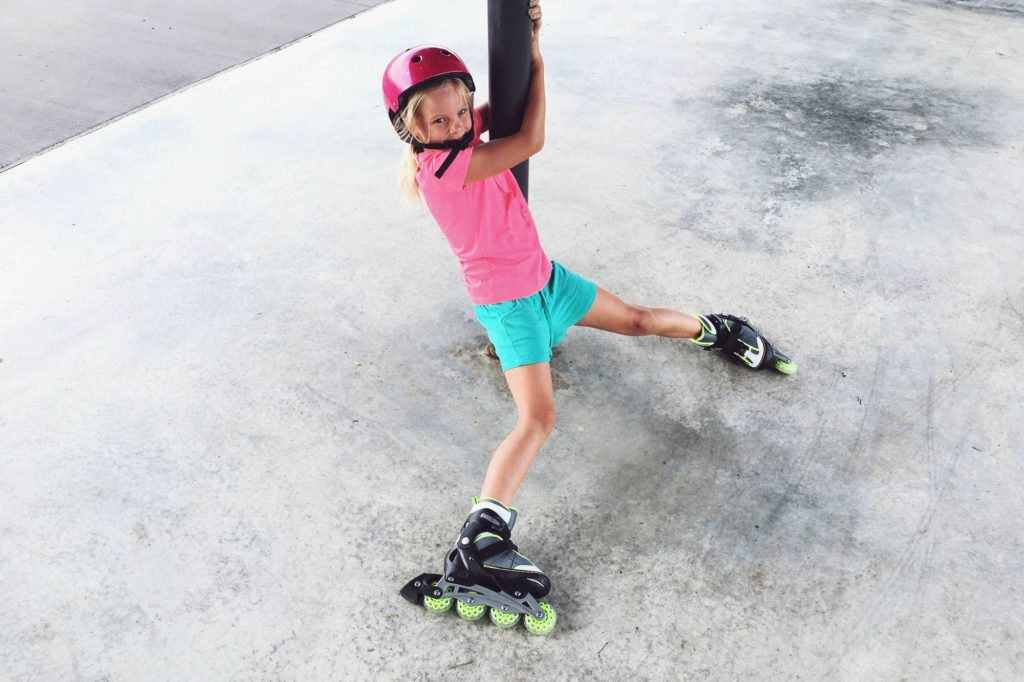
Learn the proper techniques to slow down and fall so that you avoid serious injuries. For example, try to squat as you fall to the ground to cushion the blow. Another method requires that you learn to land on your upper back, shoulders, and hips instead of rolling. That way, you distribute your weight evenly as you fall, and you also avoid severe injuries and injuries. Practice these stunts on a grassy field or a fluffy gym mat before testing your pavement skills.
Traffic
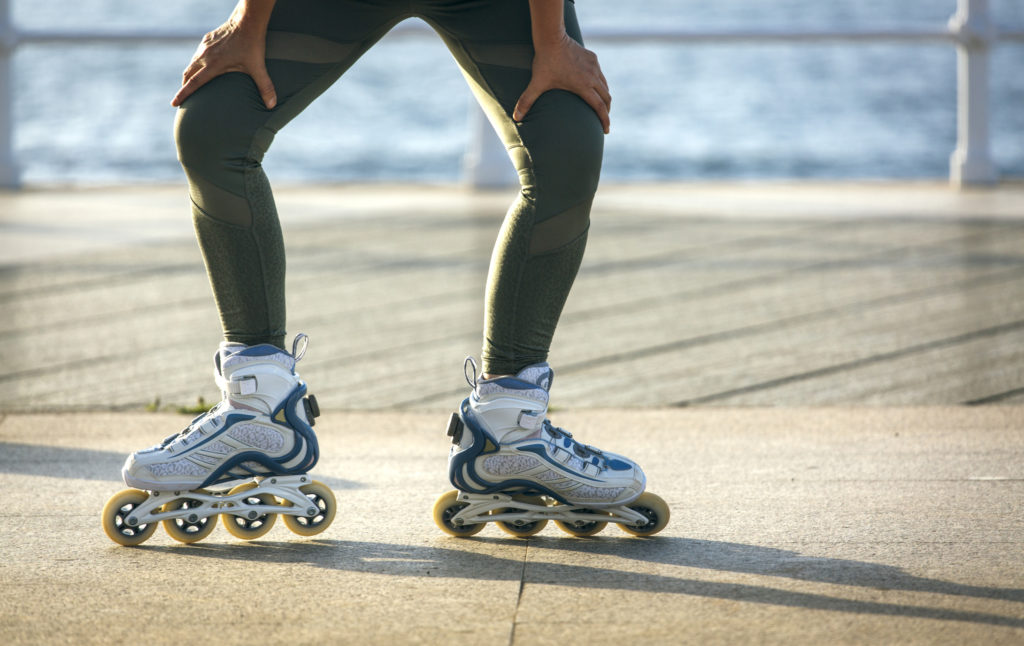
It is not uncommon for motorized vehicles, pedestrians, runners, and other skaters to cross each other all the time on public roads. Pay attention to the way and speed at which you drive on the sidewalks; many people and vehicles can pass in front of you without notice. Leave your headphones at home so you don’t get distracted and especially so that you can hear the horns and the warning voices. Get used to dressing in bright colors so that other people can also see you better. Get ahead of the pedestrians on the left side and announce your movement by saying, “passing on the left.” Stay away from fast skating trails if you are learning and obey traffic laws by crossing the streets to go from one side to the other side of the sidewalk.
Terms
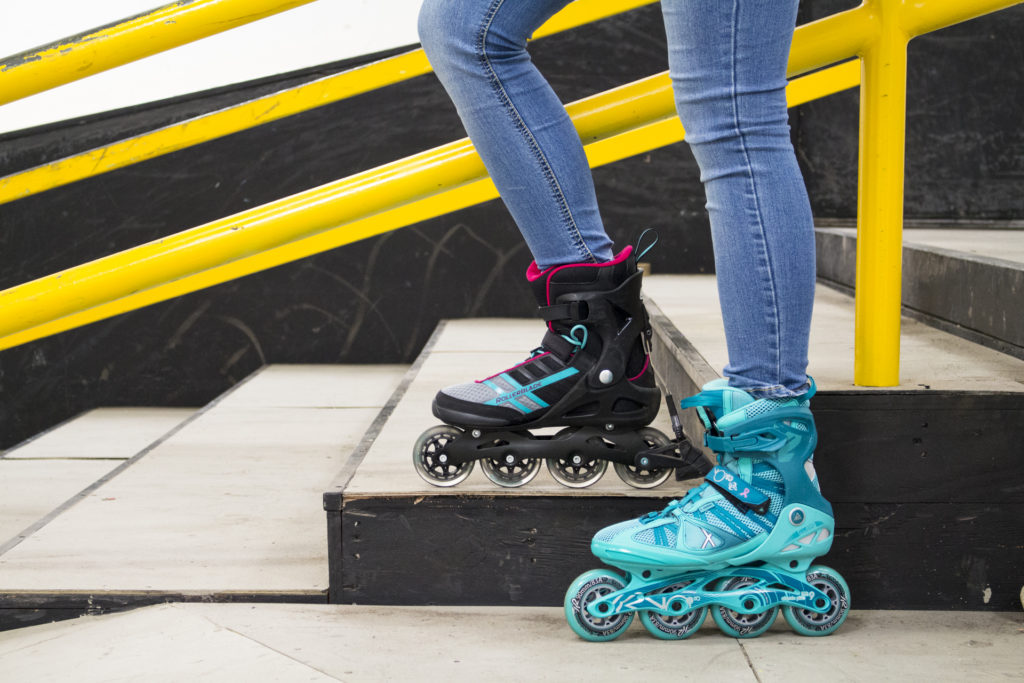
Pavement rollerbladers often encounter all kinds of hazards, such as potholes or broken sidewalks. A track may seem attractive at first, but later, it will almost always develop unsafe conditions such as subsidence or dangerous elevations. Scroll well concentrated on the road to reduce your speed when you encounter a sudden change in the ground, such as accumulations of soil or wet or slippery surfaces. Check your wheels and brakes periodically because it is widespread for street debris to get stuck in the wheels while skating, which can hinder the race.
Tips:

Always put on your safety gear before putting on your skates. Wrist guards are essential as wrists are the most frequent of all injuries. And two-thirds of them are fractures or worse. Stay to the right when on a trail. Pass on the left if needed. Give the person you are passing warning by calling out on your left.” Skating at night and skating with headphones on are both no-go activities. Bring along a friend. Skating’s more fun when shared, and the second pair of ears and eyes can help with safety.

